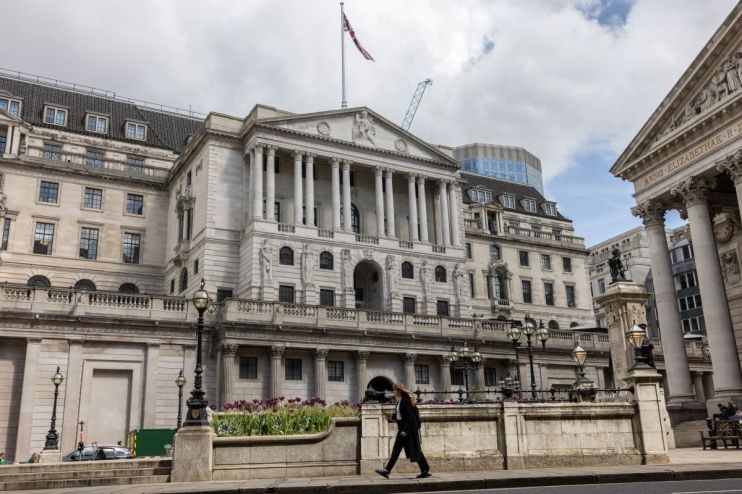
A City A.M. poll of top economists has revealed that the Bank of England is expected to start cutting interest rates in August before the US Federal Reserve as inflation edges back to the government’s two per cent target.
Around 57 per cent of the 21 economists surveyed thought the Bank would start cutting rates in August, while a further 38 per cent expected the first reduction in June. Just one economist thought the Bank would wait until September.
“Though interest rates will remain on hold in May, weakening inflation may persuade more rate-setters to vote to loosen policy,” said Suren Thiru, economics director at Institute of Chartered Accountants.
Experts have pushed forward their expectations for the first cut since City A.M.‘s previous survey last month following hotter-than-expected inflation figures on both sides of the Atlantic.
Alpesh Paleja, lead economist at the Confederation of British Industry, said: “We’re probably getting closer to the point where the majority of the Monetary Policy Committee (MPC) will vote to reduce rates. But there’s still a fair degree of apprehension about domestic price pressures.”
Nearly half (48 per cent) of the economists predicted the benchmark rate would be cut three times in 2024. A further 29 per cent forecasted two reductions, while a quarter of economists expected either four or five cuts.
The data suggested the Bank is very likely to start cutting rates before the Fed, despite the perceived influence of US policymakers. Roughly 71 per cent of the economists were confident that UK interest rates would be the first to fall.
According to CME’s Fedwatch tool, the Fed is likely to begin cutting rates in September.
Two-thirds (67 per cent) of the surveyed economists warned that the Bank cutting rates before the Fed could reimport inflationary pressures through a weaker pound, which would up costs for firms importing goods from abroad.
As expectations on rate cuts have diverged across the two countries, sterling has weakened. It fell to as low as $1.23 earlier this week, its lowest level since November. It has since recovered some lost gound.
At the Bank’s last meeting in March, interest rates were left on hold, but Andrew Bailey, the Bank’s governor, said inflation was “moving in the right direction“.
Inflation fell to 3.2 per cent in March, slightly ahead of expectations but well down on the peak of over 11 per cent in October 2022. Economists think price pressures will ease further, with inflation likely to return to the two per cent target in April.
However, there are still indications that domestic price pressures remain elevated. A still-tight labour market has been helping to sustain strong wage growth, which is currently running around six per cent.
The most recent batch of figures put services inflation at six per cent.
With the data pointing in different directions, the MPC has been split on when to lower rates. In recent weeks, various members of the rate-setting body have offered differing interpretations of the current state of play.
Jonathan Haskel, on the more hawkish end of the MPC, said cuts should still be “a long way off” owing to the tight labour market. Dave Ramsden, in contrast, said recent figures made him “more confident” that inflation was moving sustainably to target.
Huw Pill, the Bank’s chief economist, came somewhere in the middle with his assessment that cuts were “somewhat closer“. Nevertheless, Pill still stressed they were “some way off”.
The next interest rate decision will be announced on 9 May.

